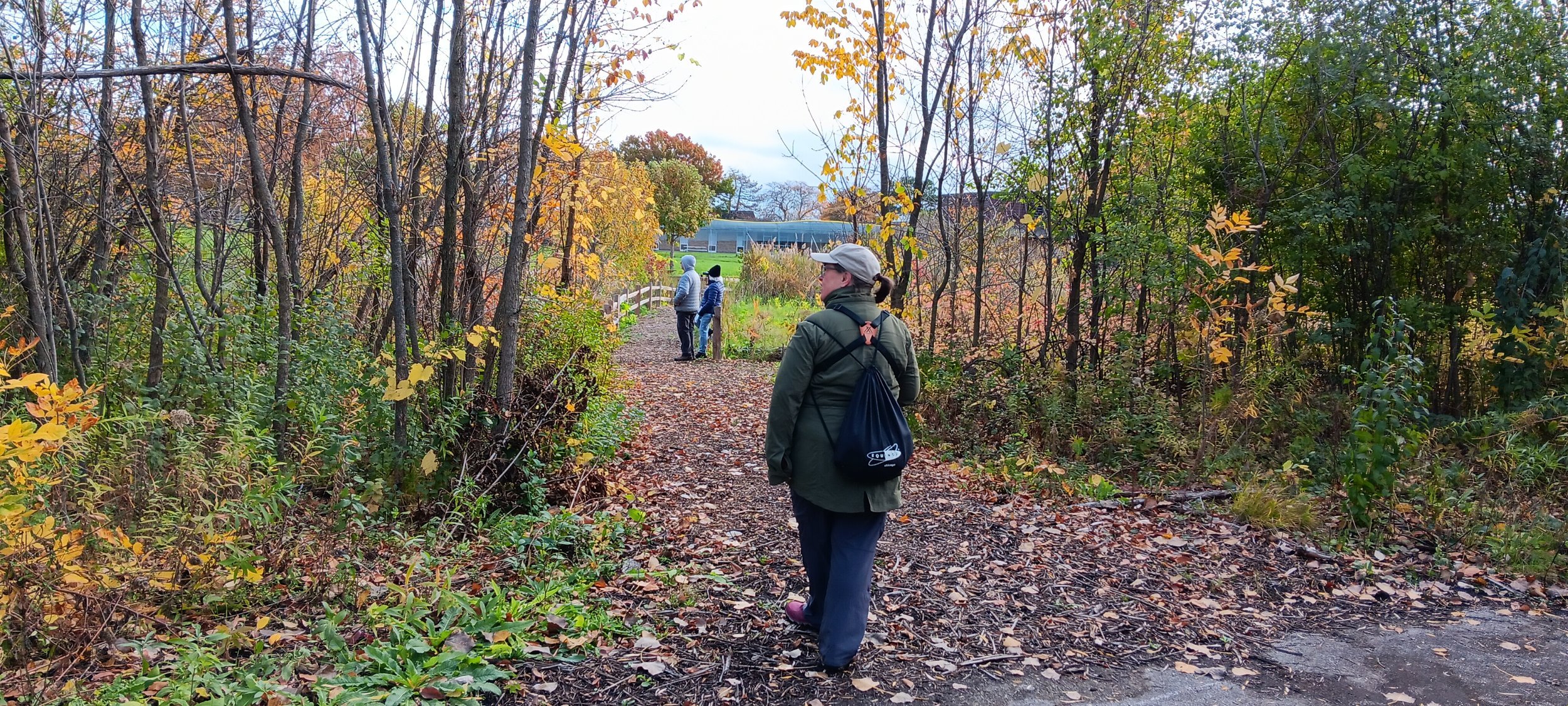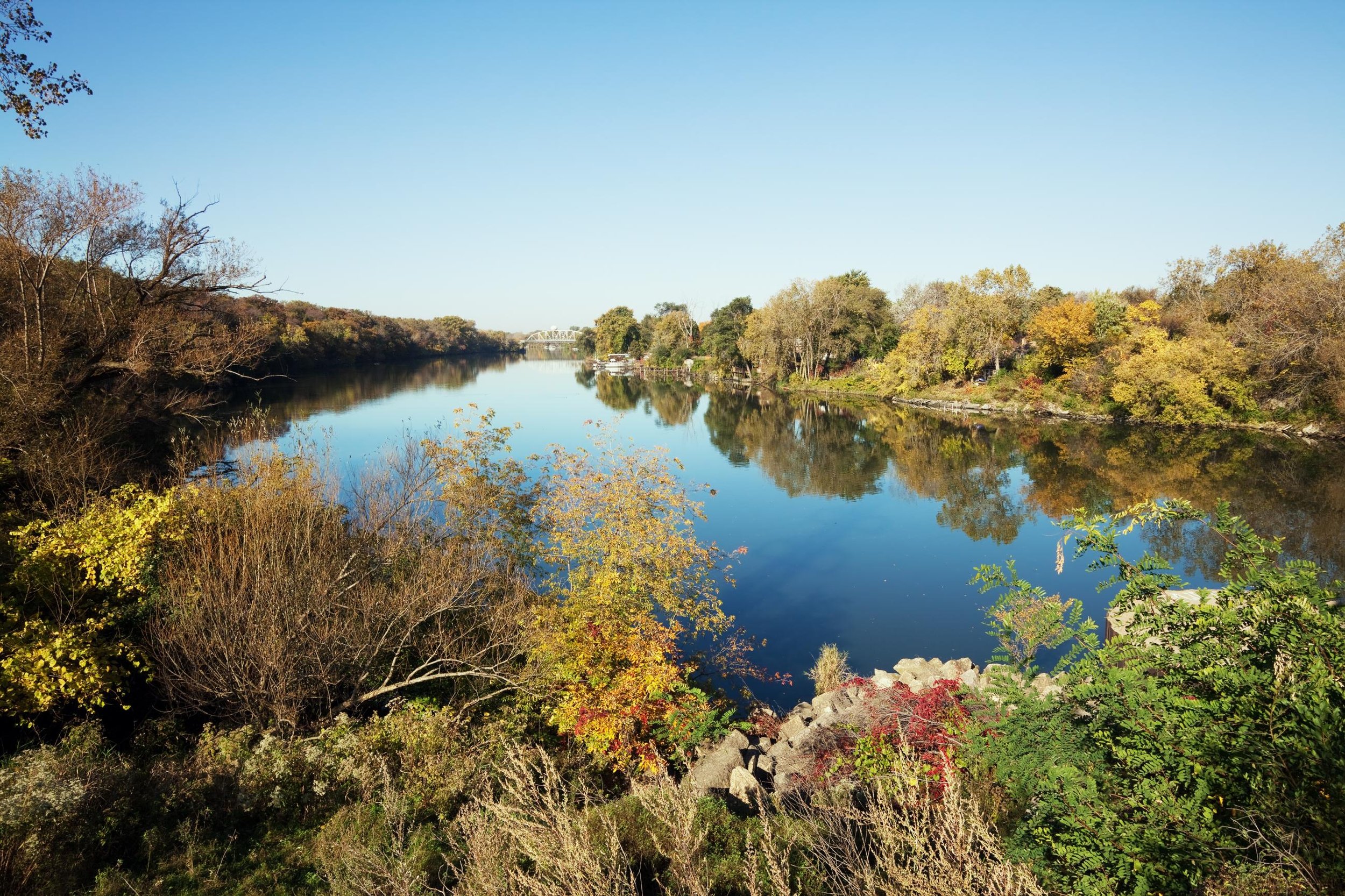
gaylord and dorothy donnelley foundation
The Gaylord and Dorothy Donnelley Foundation supports over 30 regional land conservation grantee organizations in the Great Lakes region. And yet, many of these organizations suffer from limited capacity and a clear, consistent message around what land conservation looks like for the region. The Foundation asked for help crafting a compelling, proactive message and integrated communications strategy to bolster engagement with the public, media, stakeholders and collaboration between grantee organizations. Having already worked with a number of their grantees directly, my team understood the importance of creating an actionable and accessible future for regional land conservation, and happily jumped at the opportunity.
creative director, copywriter, creative strategy
ROLE
Oversaw all elements of the client account including, but not limited to brand and creative strategy, work sessions, messaging and copywriting. Budgeting, scheduling and relationship management with client and all grantee partners.
mark solotroff
jen gordon
STRATEGY + RESEARCH
COMMUNICATIONS + PR
-
Securing buy-in and identifying the connective tissue between nearly 30 grantee organizations with varying degrees of operating capacity and programmatic priorities; positioning the Foundation as an invaluable resource for grantees, the public, policymakers and the media by supporting, not replacing or straining, existing efforts by organizations already stretched thin on resources; crafting one overarching message to help break through the noise in an already oversaturated market.
-
This was an opportunity to engage a wide spectrum of organizations in a timely discussion around the value of conservation messaging; providing clear and achievable recommendations for both grantees and the Foundations to move forward regardless of capacity; while building public awareness and amplifying the work of grantee organizations in a way that underlined the importance of land conservation not only to biodiversity, but to people.
strategic media audit
We began this project with a heavy dose of strategic research and the development of a robust rhetoric study and media audit. This involved an in-depth review of online social media and websites, PR efforts, films and campaigns for existing and prospective grantees as well as selected stakeholder groups.
We pulled together a comprehensive language attributes list, identifying areas of overlap among grantees. This tool was later used during work sessions to facilitate discussions around the relevance and appeal of language to key audiences, with ways to improve, change or alter existing rhetoric.
The larger review offered a top-line glance at what was working and critical gaps, resonating stories and messaging opportunities for regional land conservation.
In the end, we saw that there was little to no messaging cohesion among grantees, with abundant missed opportunities to engage with the media, sparse social media and visual content, and a highly reactionary, rather than proactive, approach to storytelling.

grantee work sessions
The most important part of the work involved securing buy-in from grantee organizations around the need for a compelling conservation narrative. We approached this through a series of facilitated work sessions, involving 41 participants (executive leadership) from 25 regional grantee and stakeholder organizations.
These sessions allowed our team to understand the varying degrees of capacity within organizations, and provided space for like-minded groups to build rapport and see eye-to-eye around the opportunities and challenges for crafting a regional communications strategy.
Despite differences in the target audiences, programmatic priorities, and geographic range of participating organizations, there was clear consensus around the need for a proactive and compelling land conservation message.
Conversations focused heavily on existing messaging tactics, rhetoric, operational capacity and resources. As a result, we identified the common threads between organizations and a series of high-level messaging themes that could help to bolster creative and strategic communications efforts throughout the region.
the message
We used what we learned during the work sessions to craft one compelling, high-level message dictating the direction of land conservation for the region.
“The future of land conservation in the Chicagoland region is powered by people. Embracing land conservation is a means toward a healthier, more equitable quality of life for all.”
underlying themes
Designed to supplement, rather than replace, existing positioning and communications efforts, these four themes highlight areas of alignment between grantee organizations as seen throughout work sessions. When put into practice, this language provided an immediate, go-to messaging reference tool for grantee organizations regardless of size or operating capacity. Upholding each theme is the “why,” a reminder of the problem, challenge or need that pushes the respective theme forward.
final recommendations
In closing, we provided both immediate and long-term recommendations for implementation by both grantee organizations and the Foundation. These included a range of low-cost tactics as well as more integrated creative strategies, allowing for organizations to take advantage of recommendations based on their respective priorities and operating capacity. Example recommendations include:
Creating a shared media archive and film reel
Issuing a blanket press release
Investing in capacity building to support organizational diversity
Website overhaul with a grantee portal
Digital and PR toolkits
Identifying a regional spokesperson for land conservation efforts
Before and after stories
Annual rhetoric and messaging audits
Boiler plate media statements




